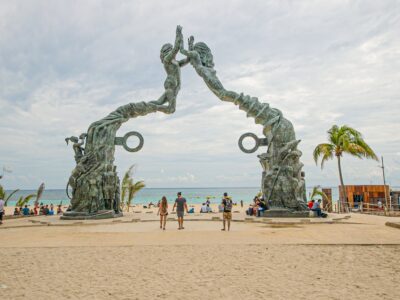Mayan mathematics is not only part of the cultural heritage but also represents a powerful tool for the development of logical and analytical thinking.
This is stated by Dr. Luis Fernando Magaña Solís, a researcher at the UNAM Physics Institute, who highlights the importance of implementing this method in current education.
“If we taught mathematics with the Mayan method, we would be training citizens who think, analyze, and build effective solutions,” says the specialist.
Unlike traditional learning based on memorizing number tables, Mayan mathematics allows students to reason more intuitively.
Its base-20 structure and the use of dots, lines, and the snail as a symbol of zero promote a deep understanding of mathematical concepts.
“When you learn to do basic operations with Mayan mathematics, you are learning to reason, not just memorize. And that not only applies to mathematics, but to your entire life,” explains Dr. Magaña.
The Mayan method is accessible to people of all ages and does not require fine motor skills or rigid memorization, making it an ideal alternative for young children and people with dyslexia. Its inclusive approach allows the development of analytical skills without the barriers imposed by traditional mathematics teachings.
Incorporating Mayan mathematics into educational systems could promote a more critical and purposeful society. Its application would not only facilitate the learning of numbers but would also promote key skills for solving problems in different areas of life.
“More than a relic of the past, Mayan mathematics represents a valuable tool for the future,” concludes Dr. Magaña.
TYT Newsroom
The post Mayan Mathematics: an alternative to develop Logical Thinking in Education first appeared on The Yucatan Times.














